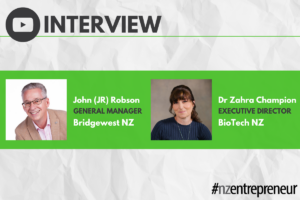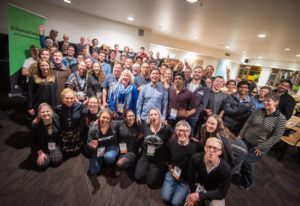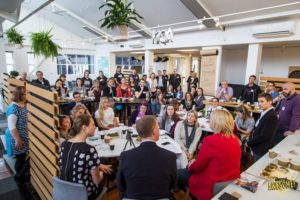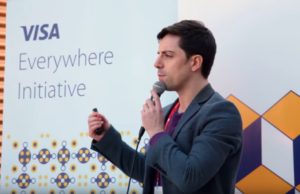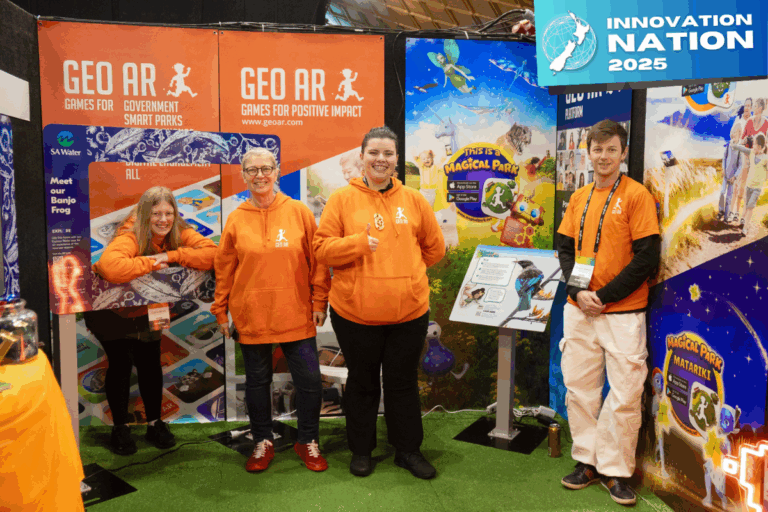
Aquafortus Technologies has signed an exclusive licensing agreement with Texas based PetroH20 Recovery. The agreement, valued at USD $40 million for the first three years and over USD $25 million annually beyond, is to deploy Aquafortus’ patented zero liquid discharge technology in the U.S. oil & gas market.
Headquartered in Albany, Auckland, Aquafortus specialises in taking wastewater with high levels of salinity and through its patented zero liquid discharge (ZLD) technology separating the brines into dry mineral salts and clean water.
The deal represents an exciting opportunity for the company to break into the U.S. market, states Daryl Briggs, CEO of Aquafortus. “Every day U.S. oil and gas wells produce more than 58 million barrels of salty water and these numbers are growing. Our technology ensures the maximum recovery of clean, surface discharge quality water at less than half the cost of current solutions. This is an alternative that did not exist in the U.S oil and gas industry until our agreement with PetroH20” says Briggs.
Expanding on how the deal was secured, Briggs highlighted the value of being “on the ground” in their intended market.
“We originally met PetroH2O Recovery while we were exhibiting at a US tradeshow in October 2017. Like so many of the visitors to our booth, they were interested in what our technology could do for their processes, but it didn’t cross our minds then, that this company would be the one to take out our first licence.
“In late February 2018, we suddenly received an email from PetroH2O Recovery interested in pursuing our technology. Things began to progress very quickly from then, a call was immediately set up, followed by PetroH2O Recovery sending us a brine sample for testing and processing. Just over a month after that decisive email, PetroH2O Recovery was at our Rosedale facilities in Auckland scrutinizing our technology and negotiating a licence agreement. Within those three days of their visit, a licence agreement was struck. It took a further month to iron out the finer details between our lawyers and business advisers. This licence agreement has happened 18 months ahead of schedule and it has been go, go, go since then.”

Briggs is upbeat about future prospects for Aquafortus and the industry as a whole.
“Globally 900 million tonnes of wastewater is produced every day, in particular chemical refineries, dairy plants and coal fired power stations all generate significant volumes that require treatment.
“In addition to this, international ZLD regulations are creating very substantial opportunities as governments get serious about water pollution and its by-products, compelling industries that produce high salinity wastewater to install ZLD systems – this can currently cost on average between USD $20 – $900 per tonne of polluted water to dispose.
“Our technology uses 90% less energy than current state of the art high recovery technologies, reduces wastewater brines to solids, saving users in transportation and waste disposal costs and reduces OPEX by up to 60 per cent. Importantly, it also considerably reduces the emission of greenhouse gases from treatment of those polluting waters.
“As the market is projected to grow from an estimated USD $4.67 billion in 2016 to USD $6.88 billion in 2021, we are very confident about our future,” adds Briggs.
The company is currently seeking funds from New Zealand investors prior to an international raise. Aquafortus received its start through the Callaghan Technology Incubation Scheme.
“Activating innovation and accelerating commercialisation for a better New Zealand is why we exist,” says Callaghan Innovation’s Start-up Manager, Elena Higgison. “We’re proud to support Kiwi businesses that compete on the world stage, particularly with technology that has a multitude of applications once proven at scale. These products can be positively disruptive in terms of performance, reduction in process costs and environmental impacts.”


